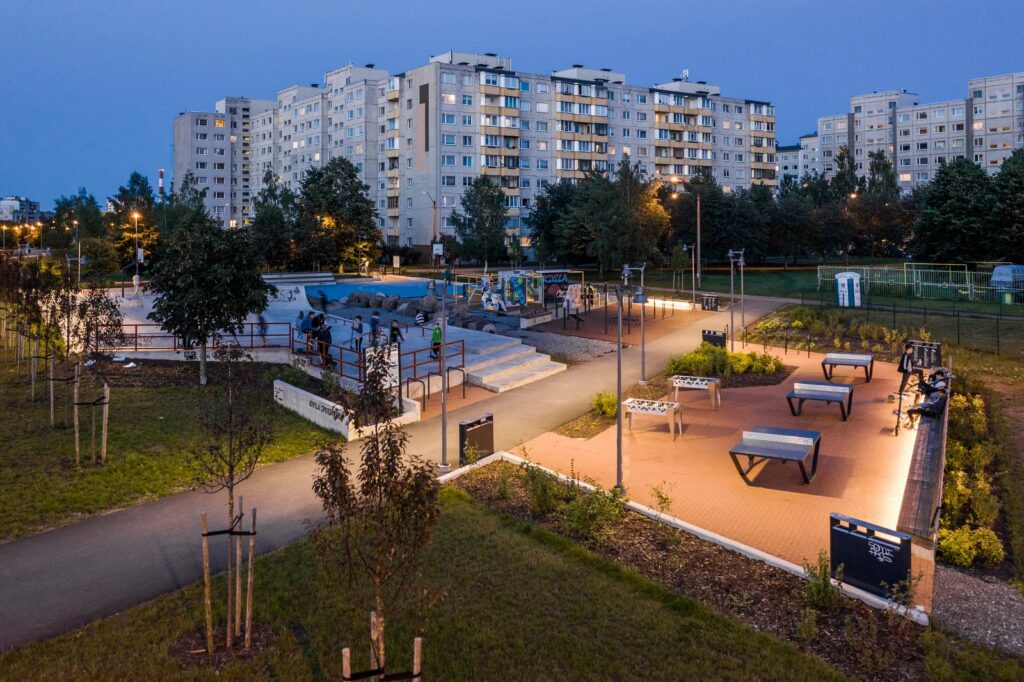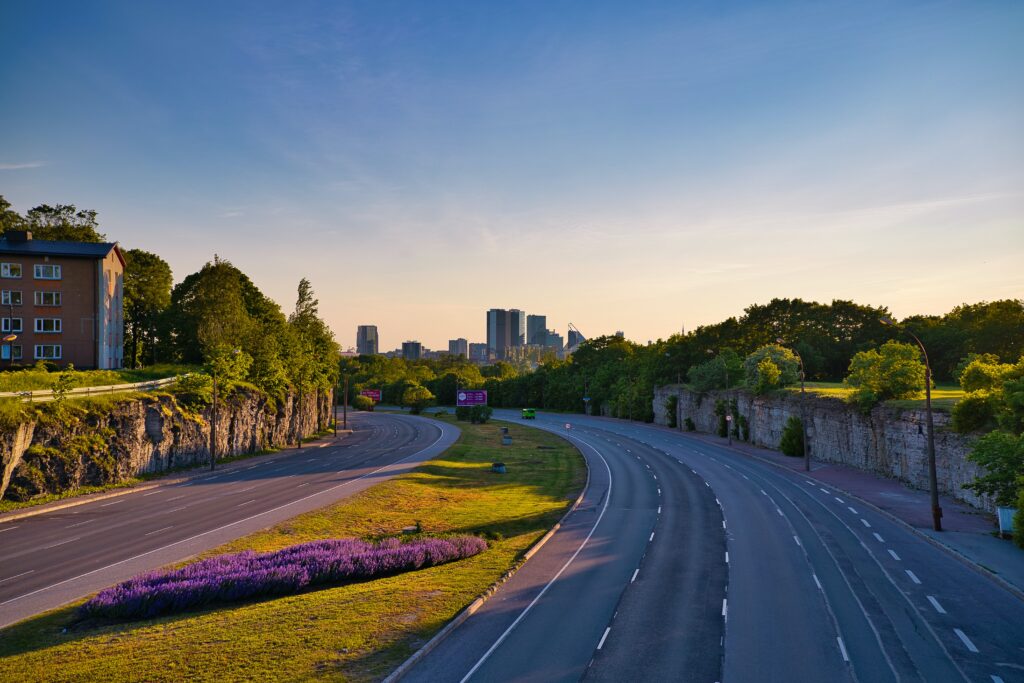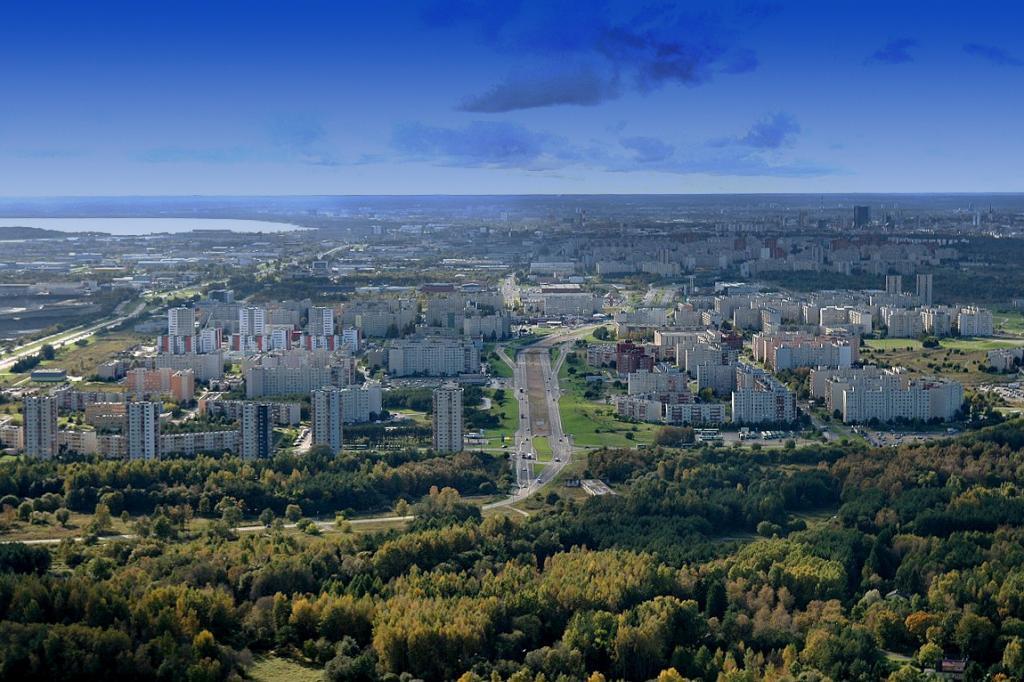Lasnamäe, the Soviet-built tower block district of the Estonian capital, Tallinn, is hosting the GROM Festival on 14 August; rapper Tommy Cash, currently the most popular Estonian artist globally, will headline the festival with his only concert in Tallinn this summer.
According to organisers, “for one night, GROM will transform the green oasis of Kivila in the concrete jungle of Lasnamäe into a light filled explosion of sound and present the region’s top contemporary talent”.
International performers
Performers at the new city festival will include Russian band Shortparis and Tommy Cash – his only concert in Tallinn this summer. Kraut-rock group Gnoomes from Russia, industrial post-punk project AKLI from Lithuania, local groups Zahir and the Bible Club will also perform.

In addition to the music programme, the Kivila Park venue will offer various activities throughout the day – extreme sports competitions, board games and opportunities to get acquainted with local tastes. “This is a great opportunity to experience the life of Lasnamäe and become a part of it on a beautiful day in one of the largest parks in the city,” the organisers said in a statement.
The headliner of the festival, Tommy Cash, represents the diversity of Estonia – the rapper, born in Tallinn, is of mixed ethnic Estonian, Russian, Ukrainian and Kazakh origin. The eccentric performer is currently the most popular Estonian music artist internationally – his most viewed YouTube video, “Winaloto”, has 14 million views and he has over 800,000 followers on Instagram and over half a million listeners on Spotify.
Attempts to humanise Lasnamäe
Lasnamäe, often not-so-kindly described as the “ugliest part of Tallinn”, is the most populous – the majority of which is Russian-speaking – administrative district of the Estonian capital. The district, sitting just next to the Tallinn’s city centre, was built from scratch during the Soviet occupation of Estonia.
Formerly mainly known for limestone quarries, Lasnamäe was not a residential area until the construction of prefabricated concrete apartment blocks under the Soviet concept of “micro district” started in 1973. To accommodate the influx of immigrant workers from the Soviet Union, apartment blocks were built here until Estonia regained independence in 1991. The ultimate plan was to house up to 180,000 inhabitants in Lasnamäe – today, about 120,000 live here.

Over the past decade, attempts have been made to make the local environment in Lasnamäe more humane and pleasant – placing more emphasis on the green habitat and cultural initiatives, of which the new festival is a part of.
Cover: Lasnamäe district from the air. Photo by Dmitry G, shared under the Creative Commons CC BY-SA 3.0 licence.

